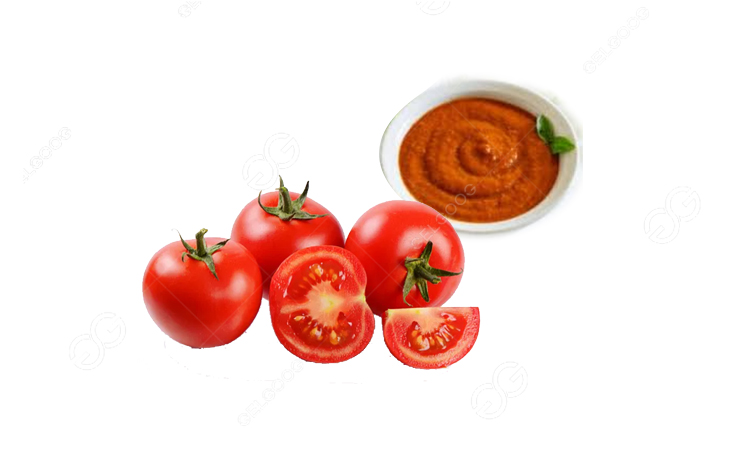How Is Tomato Paste Made In A Factory?
Tomato paste is a staple ingredient in kitchens around the world, adding depth and richness to a variety of dishes. But how is tomato paste made in a factory? Let’s take a journey through the tomato paste production process in a factory.

Washing and sorting
It all starts with fresh, ripe tomatoes. The first step in the process is washing. Tomatoes are carefully washed to remove any dirt and debris picked up during harvesting and transportation. Then, they go through a sorting process where any damaged or unripe tomatoes are removed to ensure only the best quality tomatoes is used.
Crushing and pulping
Once sorted, the tomatoes move to the crushing stage. Here, they are passed through a series of rollers or blades that break them down into a rough pulp. The pulp then goes through a refining process to remove seeds, skins, and other undesirable parts. This refining may involve passing the pulp through screens or filters to achieve the desired consistency.
Cooking
The refined tomato pulp is then cooked to concentrate its flavor and remove excess moisture. This step is crucial for developing the rich taste and thick texture characteristic of tomato paste. The pulp is heated in large vats or kettles, often for several hours, until it reaches the desired concentration. During cooking, the mixture is constantly stirred to prevent burning and ensure even heating.
Reduction
After cooking, the tomato mixture is further reduced to achieve the desired thickness. This may involve passing it through evaporators or vacuum pans, where excess water is evaporated, leaving behind a concentrated paste.
Filling and packaging
Once the tomato paste reaches the desired consistency, it is ready for filling into containers. The paste is pumped into sterilized jars, cans, or other packaging formats. The containers are then sealed to maintain freshness and prevent contamination.
Quality control
Throughout the entire production process, stringent quality control measures are in place to ensure the highest standards are maintained. Samples are regularly taken and tested for flavor, color, texture, and microbiological safety. Any batches that do not meet the specified criteria are discarded.
Pasteurization
To extend shelf life and ensure safety, the filled containers undergo pasteurization. This involves heating the sealed jars or cans to a specific temperature for a set period to kill any bacteria or enzymes that could cause spoilage. Once pasteurized, the tomato paste is cooled rapidly to preserve its quality.
From the vine to the jar, the journey of tomato paste involves careful attention to detail and a series of precise steps. By washing, crushing, pulping, cooking, filling, and pasteurizing, factories transform fresh tomatoes into the rich, flavorful condiment we know and love. For more information of the tomato sauce production line, leave message to us.
